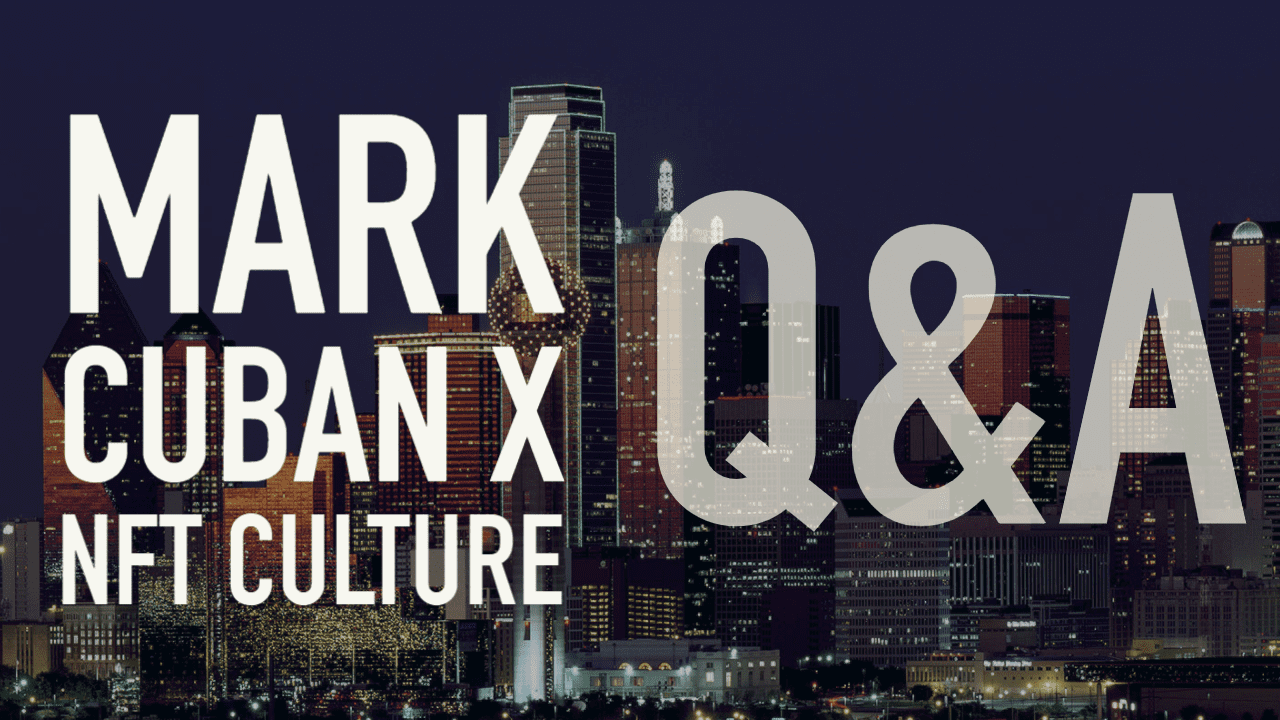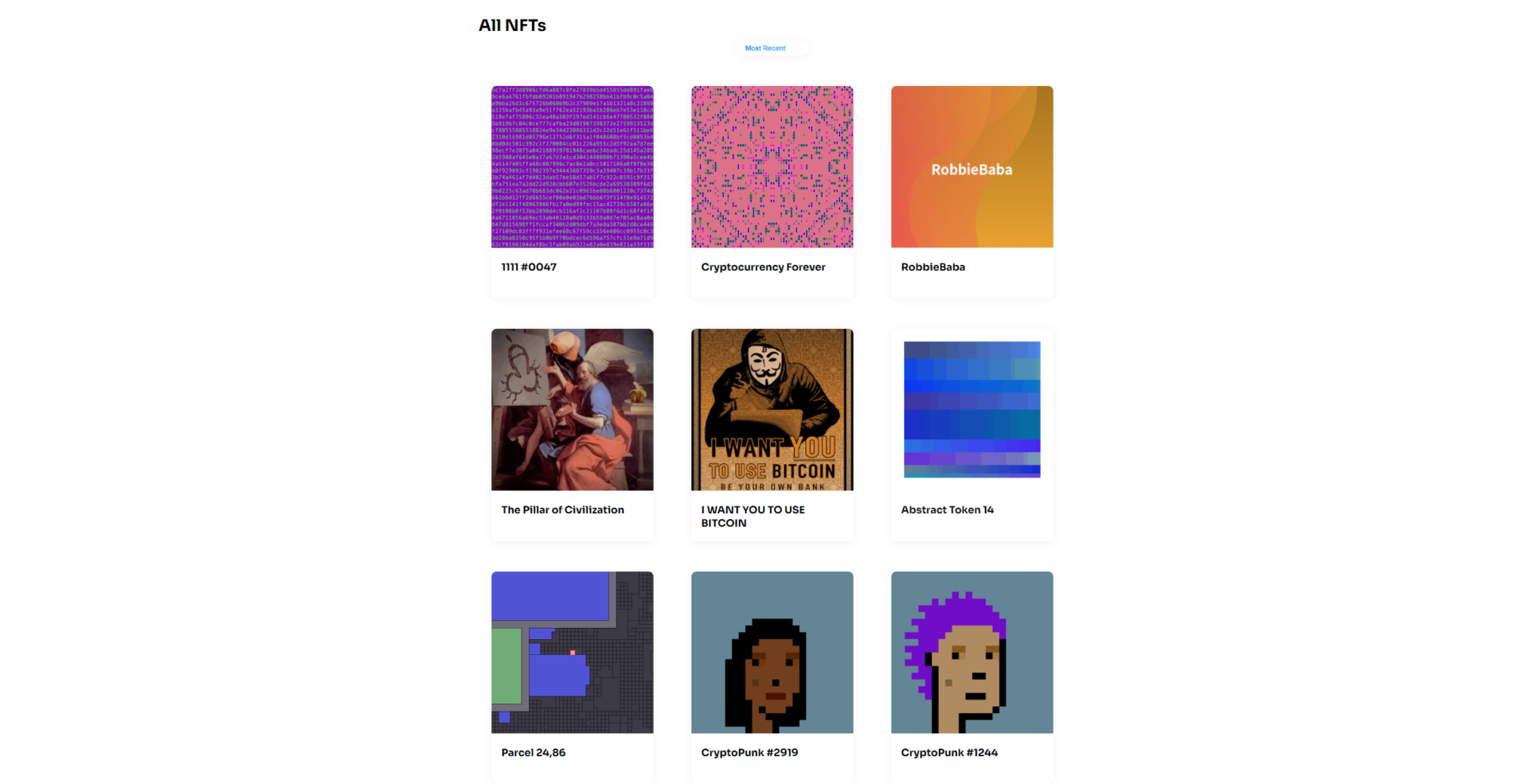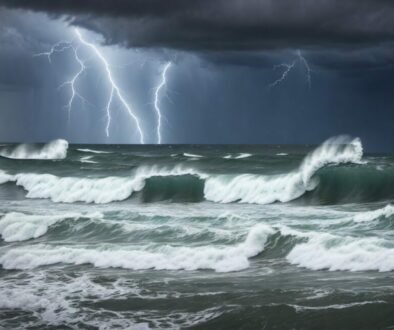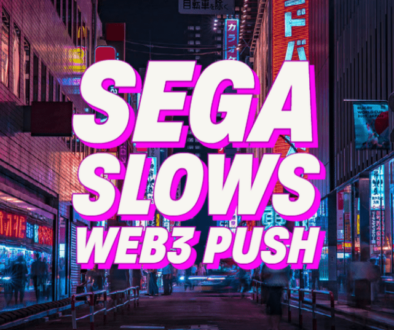Mark Cuban x NFT Culture Q&A
Mark Cuban is a technologist, entrepreneur, and futurist well known for focusing on cutting edge technologies and their impact on society as a whole. From the early days of the PC, to the commoditization of the internet, and now the newest revolution of web 3.0 — the decentralization of the internet — Mark has always had his finger on the pulse of technology.
Enter the newest era of smart contract technologies: Tokenization, DeFi and NFTs. Though Mark has compared this period with the internet boom of the 1990’s, we think our interview reveals a strong sense of optimism and opportunity. Mark’s actions support this revelation: in addition to investing in blockchain-based tech last year, he has significantly ramped up his investment and communication around these new technologies during the first quarter of 2021.
NFT Culture staff have been long time fans of his technology efforts as well as their impact to the Dallas Fort-Worth Metroplex community, so we reached out to Mark to discuss some of the incredibly fast moving topics that have been making waves in the blockchain world. Mark graciously agreed to do a Q&A for our readers.
The Rise of NFTs
Malachi: The excitement around NFTs feels parabolic, but many are describing this as the early days. In fact, (paraphrasing) you have compared NFTs to the early days of the internet becoming accessible in most homes (early to mid-90s).
Can you explain what in particular excites you about NFTs as a massive paradigm shift?
Mark: The ability to monetize any and all intellectual property. The excitement right now is for art and collectibles, but I think it will extend to so much more across the business universe. Smart contracts have unlimited possibilities in the future.
The Early Majority and Late Majority still don’t get “NFTs”
Malachi: Hoping not to sound off-color, many digital natives want to scream “OK boomer” at much of the media as they mock the recent phenomena around NFT culture in general. The common examples we tend to use to translate how NFTs work revolves around buying digital skins in FTP video games, micro-transactions in mobile games, etc. Once skeptics understand that, it becomes easier to compare the non-fungible and tradeable aspect of traditional trading cards to NFTs.
In your opinion are there easier and more succinct examples to explain NFTs to non-believers and / or do you believe that a percentage of people just won’t get it?
Mark: Yes. They are just digital collectibles. People collected MP3s, they just never had the ability to resell them and creators never had a chance to earn royalties. I think some people just look for reasons to say no. Others realize that digital collectibles, no matter the category, are a much more efficient marketplace than any physical collectibles marketplace.
Mike: In our opinion, the generational acceptance of NFTs may have a larger impact than any individual cultural collectable in history. The fact that every generation from now on will exist in and collect digital first goods implies profound value for early-adopters.
Are there any red flags or warning signs these collectors should worry about or be cognizant of?
Mark: Yes. In any new market of unique assets, the valuations are dependent on supply and demand. The supply often overwhelms the demand and pushes down pricing in the short term. But in the long term the most valuable collectibles always increase in value and can be a great store of value.
The rise of Beeple
Mike: Beeple and Christie’s. It speaks for itself… Beeple’s Christie’s auction ranks 3rd in history by a living artist. (Full disclosure: NFT Culture co-founder owns Politics is B*llshit #1)
Do you have any thoughts you’d be willing to share about the excitement? How long do you think it will be before someone beats him?
Mark: There is a very important difference between individual or group collectors who buy to own vs what we are seeing at the highest end of buyers, who buy for funds. It will be interesting to see how both elements evolve.
NFTs going Mainstream
Malachi: NFTs “work” with digital assets even though most of the time, the token and the artwork aren’t directly linked other than by virtue of marketplaces saying they are linked, there is an element of trust in the system. The primary argument against NFTs functioning for tangible assets or real property is that a direct link doesn’t exist, but that isn’t actually a difference, in our opinion.
What are your thoughts on this? Do you foresee real world adoption occurring, or if NFTs will remain confined to digital assets?
Mark: I’m not a fan of connecting physical assets to NFTs. There are exceptions, but I think that negatively impacts the efficiency of the market. The physical asset always has to be qualified for condition and other issues depending on what it is. Plus first sale, there are always questions about what has happened to the asset between the current and last sale. With digital-only those issues don’t exist. The only real issue is ownership as it relates to the rights.
Mintable and NFT Marketplaces
Mike: Mintable: First, congratulations on your investment in Mintable. There has been some confusion around your total role and investment in Mintable. It is described on twitter that they are now one of your companies. They have also described additional seed round details that will become available at a later date. There have also been recent announcements of funds investing in other marketplaces including rarible.
Can you describe what excited you about Mintable enough to invest?
Mark: Mintable is the best on-ramp for people wanting to learn how to create and sell NFTs. With Mintable.app it’s super easy for anyone to go on, mint an NFT that is hosted on their store and not pay any gas fees until it’s sold. This free approach to minting is the best way available to start in the NFT space.
Malachi: Continuing on the marketplace conundrum— Are there currently too many marketplaces? There is already quite a bit of confusion around where to publish art, where to buy, which wallets to use and how to connect them. The market seems to be self-tiering and even NFTCulture is guilty of trying to tier marketplaces based on candidly arbitrary data and a little bit of hype.
Can you provide insight or thoughts around the number of marketplaces that exist? Do you believe this is good or bad? Will there be massive consolidation, expansion, and how does Mintable differentiate to find their own space vs. NiftyGateway (heavily curated but presents its own challenges) or Foundation (Crowd-sourced invites) and OpenSea / Rarible (anyone can publish)?
Mark: It’s way too early to pick any winners or come to conclusions about the benefits or problems of each. Everything changes every day. I would say the two challenges are fees for Ethereum-based markets and for trying to bridge between chains as some NFTs are minted on other chains. As well as mixing and matching NFTs across chains in wallets and personal galleries like Lazy.com.
Publishers protecting their Intellectual Property
Mike: DC Comics (subsidiary of Warner Bros.) recently notified their freelance artists against publishing NFTs depicting their IP. This creates a lot of confusion as many of these artists have been allowed to publish small prints of their art and sell them at events like comic-con etc. We understand both sides, but it gets murky quickly. We see scenarios in which IP and Copyright holders will hold the marketplace accountable in similar ways the DMCA has been used with YouTube and other websites.
How do you see this being resolved? We see entities like Nintendo (who have been notoriously litigious with their IP) coming hard into this space. How does this affect the market, the collector, and the artist?
Mark: The same things happened in the early days of the net, and as mobile phones and social media became ubiquitous. Rights holders are going to want to protect the IP they own. I don’t see a problem with that at all. There will be some challenges early as people learn the rules and hopefully the rights holders will be forgiving rather than litigious, but over time, there will be “burn notices” where people not respecting copyright will be forced to burn items that they should have not been allowed to buy. It will upset buyers to no end, but it will end up happening.
NBA Topshot
Malachi: NBA Top Shot is arguably the hottest thing in the NFT space right now. They’re first to market in-terms of a massively collectable NFT enterprise and there is incredible excitement from the fans, players, and league. There have also been scale issues and blunders with Dapper and $FLOW. This is a common growing frustration with many of the blockchain technologies that suggest network demand cripples the ability for items like Top Shot to fulfill demand which results in frustration and a marginalized product.
Can you provide any insight into the issues around the cancelled and delayed releases or anything else related to NBA TopShot from a technology perspective?
Mark: I have no idea, but it’s annoying to all of us.
Ethereum and NFT Gas Fees
Mike: This July, Ethereum will attempt to take a step to eliminate much of the hesitation created by soaring gas fees. Additionally, the mythical Ethereum 2.0 platform is on the horizon.
Assuming it comes to fruition, what impact will that have on the NFT space as a whole?
Mark: I think once Eth2.0 hits and layer 2 solutions are updated to grow with it, Eth will have a far better chance than people are giving it today. There is this incredible race between Eth2, layer 2 on Eth1, layer 2 on Eth1 with organic compatibility with Eth2, and all the competing blockchains that are using the lack of scalability of Eth1 as a selling point.
It’s going to be interesting to see who is left standing in the long run and how they differentiate and how bridges are implemented. Right now it looks like standstill bridges will work, but it’s going to get more and more competitive for all the facets of the ecosystem.
Corporate Investment in Cryptocurrency and Beyond
Mike: Tesla recently announced via SEC filing that it invested $1.5 Billion USD in Bitcoin, and plans to start accepting it as a payment method. Separately, speculation and musings on the fringes of the crypto community have revolved around the viability of cryptocurrency as a payment mechanism and store of value for a future interplanetary economy.
Do you have a gut feel on whether the ability for crypto technology, such as shard chains, to transcend a single planetary economy, is likely to be a growth driver for crypto in the long term (say 10-25 years in the future)?
Mark: Let’s see how bits are transmitted between mars, the moon, earth and underwater at speeds that enable transactions first. Then we can speculate on the rest. But, Mars does need people!
Final Thoughts
After our Q&A it was announced that Mark and the former SVP of New Media for teh NBA combined forces to create the first social network for NFTs. You can read about that drop here: niftys.com.
We want to extend a massive thank you to Mark Cuban for taking the time to do our Q&A and provide the NFT Culture community with such thoughtful insights. We look forward to watching Mark’s continued stewardship of much of the NFT space in the future.
You can follow Mark Cuban on twitter.
Add your NFTs across various wallets to one display platform Lazy.com.
Mint your own NFTs on Mintable.






